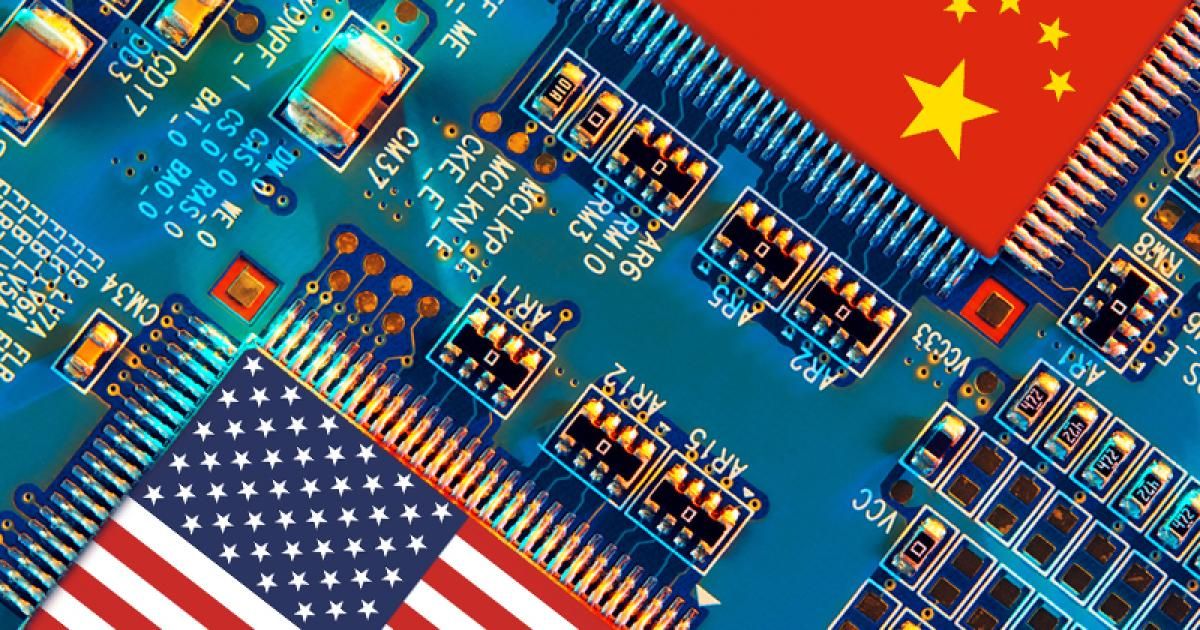The deepening rift between the United States and China over advanced lithography technology sends shockwaves through global markets, with implications extending beyond the two superpowers.

US-China Tech Tension Threatens EU’s Stability (Photo: STR / AFP)
Global Tech Power Struggle
The intensifying conflict between the US and China has come to a head, with the former imposing stringent restrictions on exporting advanced lithography machines to the latter. These cutting-edge machines, produced by the Dutch company ASML, play a critical role in creating microchip circuits. The foundational patents of ASML, although a Dutch company, originate in the US, enabling Washington to dictate unilateral export controls.
As a result, the US has implemented successive waves of restrictions, the latest of which took effect on January 1, 2024. ASML’s attempt to expedite the sale of these machines to China was abruptly halted, allegedly under pressure from the US, leading to a downturn in its US shares.
This coercive stance by the US is part of a broader strategy to undermine China’s semiconductor industry and constrain its technological aspirations, seen as pivotal in curbing China’s military and economic ascendance.
China’s Resourceful Response
Despite US sanctions and export controls targeting Chinese technology firms and semiconductor equipment, China has demonstrated resilience and innovation in the face of these challenges. Its concerted effort to advance its semiconductor technology has yielded notable successes, with companies like Huawei, a prime target of US sanctions, establishing their semiconductor supply chain.
China has also adeptly navigated around restrictions, securing loopholes for US equipment, and continued to progress in developing new chip nodes while enhancing efficiency in older designs.
The implications of this technological tug-of-war extend far beyond US-China relations, with potential ripple effects on the stability of the European Union.
READ ALSO: U.S. Revives WWII-Era Military Bases In Pacific Amid Rising Tensions With China

















































